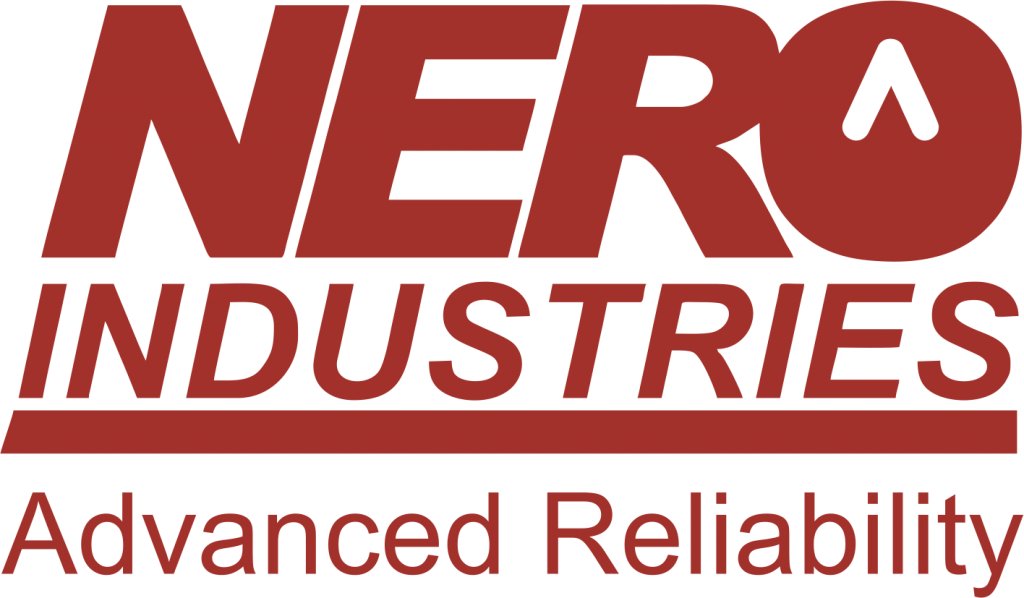It was not long ago that halon was extremely popular in the fire suppression industry. Back in the 1980s, if you had high-value assets, chances are halon protected them in the event of a fire. That is no longer the case due to a ban on manufacturing halon by the United States Environmental Protection Agency (EPA) and other international government agencies in 1994.
In 1989 the Montreal Protocol, an international treaty aimed to regulate the production and use of chemicals that contribute to the depletion of Earth’s ozone layer, made a declaration against halon. After much research, halon was discovered to be harmful to the ozone layer of the Earth. The initial agreement reduced the production and consumption of several types of CFCs and halons to 80 percent of 1986 levels by 1994 and 50 percent of 1986 levels by 1999. Initially signed by 46 countries, the treaty has now been ratified by 197 parties, making it the first universally ratified treaty in United Nations history. While the manufacturing of halon has been banned, halon still exists in older systems and is recovered, reclaimed, and recycled for critical users under strict Montreal Protocol guidelines. Manufacturing bans left the industry seeking an adequate halon replacement.
Halon Alternatives
There are plenty of examples of approved chemical agents used in fire suppression systems. These include carbon-based agents, as well as carbon dioxide, FM-200, ABC Dry Chemical, Purple K, and Novec 1230. These new chemical agents come in either foam, gas, or powder form. They are much more effective at protecting sensitive materials from fire than a water sprinkler system due to the damage normally caused by water-based suppressant systems.
The fire suppression industry has made it a priority to create environmentally friendly fire suppression agents that can replace halon. This has been a challenge as the halon substitutes need to have a low environmental impact, an acceptable level of toxicity, a clean discharge, and effectively suppress fires. Although a variety of approved agents exist, only clean agents meet all the criteria for halon replacement.
The Fire Dictates the Agent Needed
There are several different classes of fires: Class A, B, C, or D. Every chemical agent has its positives and negatives. Whatever the halon replacement agent is, it should be specific to the particular class of fire. A fire suppression expert can help you figure out which of the agents will work best with the different classes of fires. The goal is to be sure that, if a fire sparks, the halon substitute can effectively suppress the flames.
Fire Suppressants Protecting Specific Assets
Some assets may be protected with a sprinkler system, but others require a clean agent for suitable protection. For example, in a server room or a data center, you want to suppress a fire and not cause damage from water sprinkling down on the equipment. A clean agent will suppress the fire quickly and effectively without leaving residue and damaging the equipment. Other examples of assets which benefit from the halon replacement agents include important paper documents, archives, military operations, and office space.
EN












